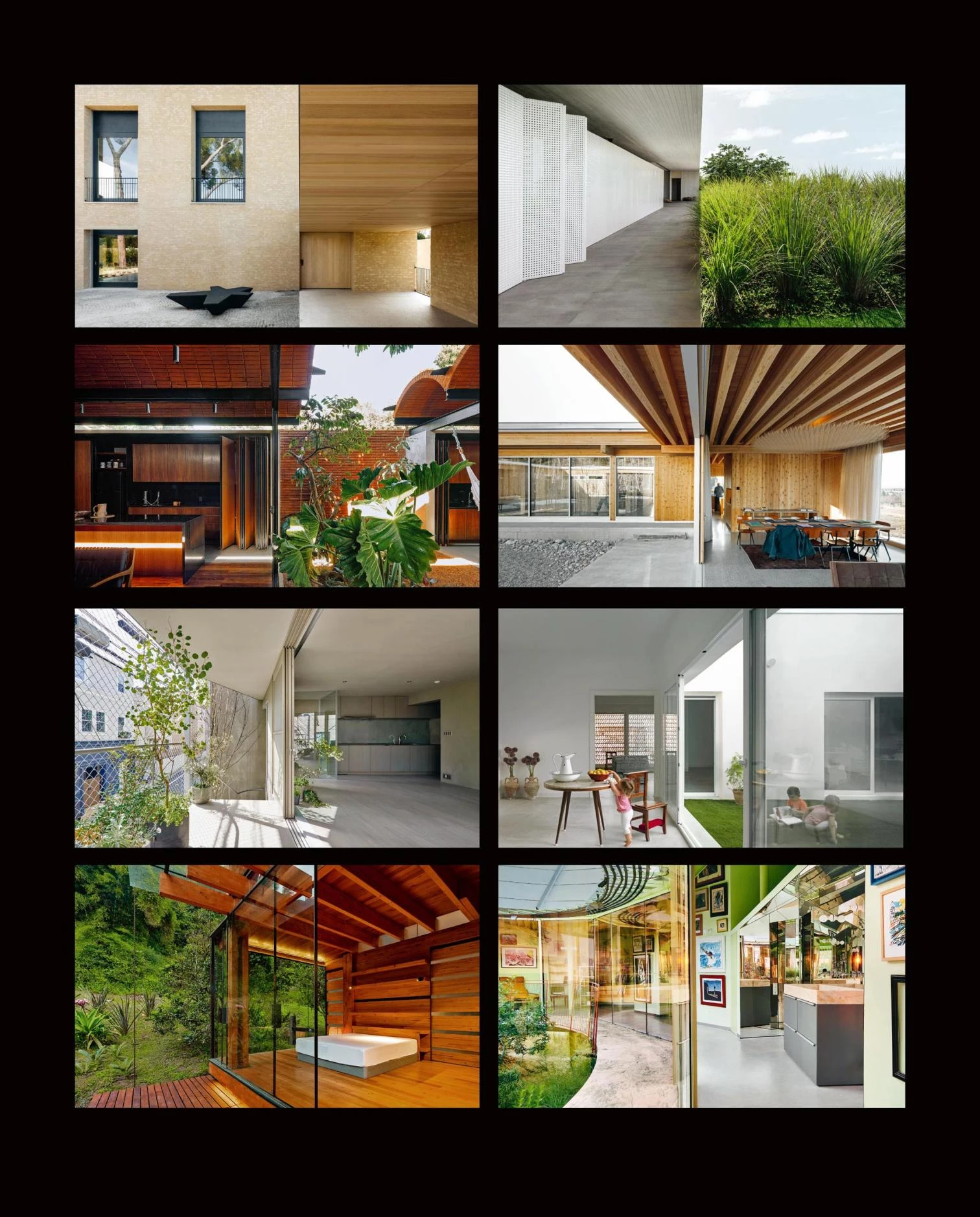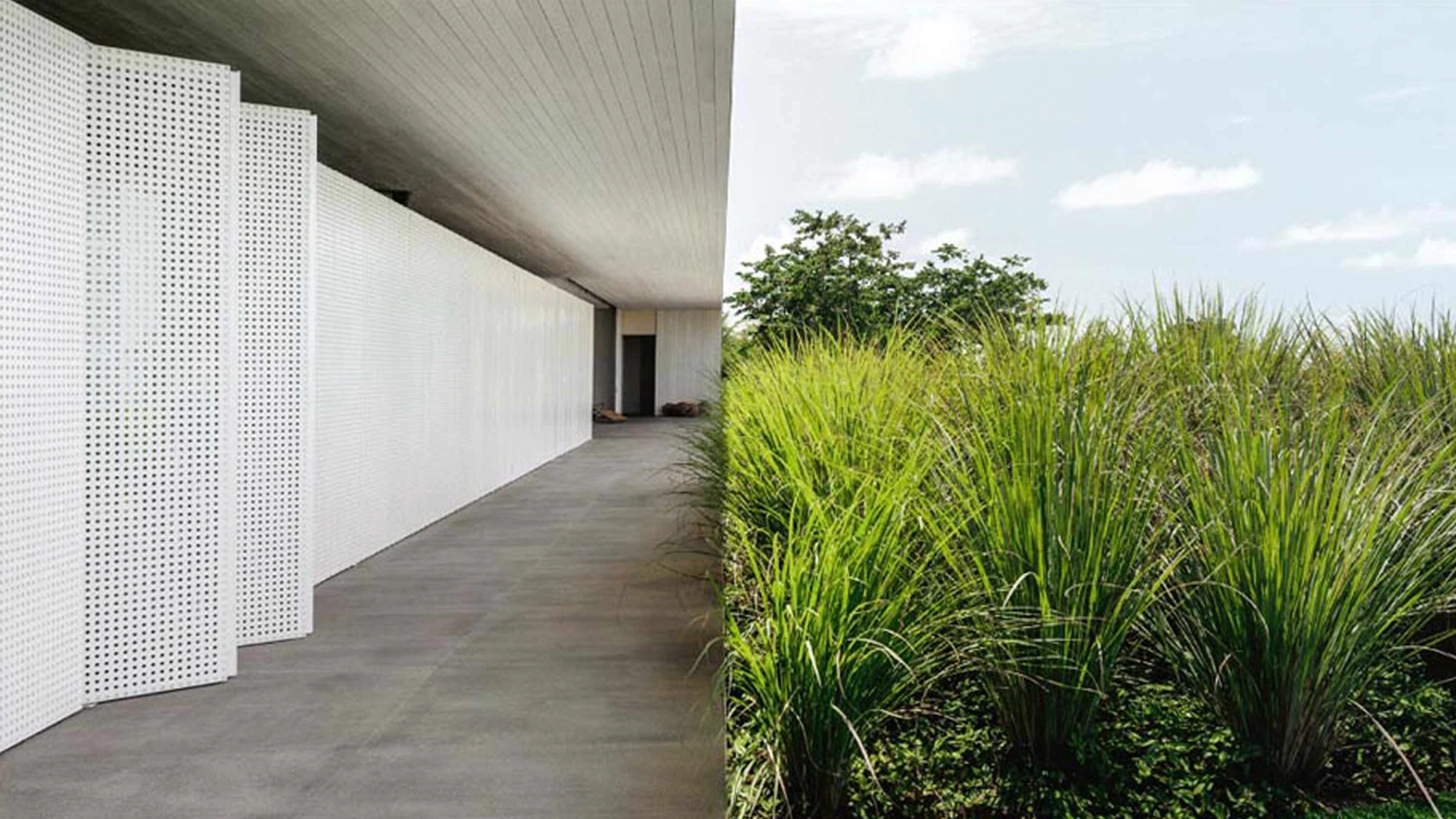
Interior life needs the outdoors. During the recent viral pandemic, lockdowns reminded us that we need contact with others and with nature. From this intimate withdrawal, which is both shelter and cell, we must open up to others and to the world. Perhaps because of this, the outer interior is not oxymoronic but in fact complementary. The connection with others, even in the absence of physical presence, can be maintained through technological means, but the relationship with the environment demands at least the contact that both air and views provide. Appropriating nature through the skin and through the eye is easy in houses, be they in urban centers, in the peripheries of cities, or in rural contexts, as we have chosen to arrange those published on the following pages; this openness is however more difficult in apartments, often without contact with the ground, so the connection with nature is entrusted to windows, balconies and terraces.
In contrast with the evidently more direct link with the physical environment of the detached house, collective housing permits a more spontaneous relationship with the social environment: if the house plans, regulates and organizes potential visits, enclosing its occupants in the protected shell of the closest family ties, the apartment opens up to impromptu encounters with neighbors, developing a more diverse form of sociability, which can even be communal. And there is no need to insist on the economic and ecological advantage of the dense, compact, and complex city, hardly compatible with the aspirational dream of the single-family home, but no less capable of offering a full life, in contact with others and with nature, which is present as much in large metropolitan parks as in neighborhood gardens, and even in the trees that alleviate and enliven that most hated urban element of dogmatic modernity, the street corridor.
The house, for its part, flaunts the appeal of being embedded in the natural environment, the limits of which are sometimes marked with a clear line, but more often blurred, letting plants invade interiors and integrating the building in the surrounding landscape. Mirroring nature, and always bringing it visually into interior spaces, houses stretch that dialogue with an emphasis on their perimeters, which mark the territory delimiting their protection while spelling the alphabet of intermediate spaces, the courtyards and loggias whose simultaneous indoor/outdoor condition softens the transition and facilitates its use in the many climates that allow it. While it is true that we need retreats in which to take shelter from the bustle of the world, it is also true that we need to open up to the enrichment that comes from the contact with others and from the pleasures offered by nature, as is perhaps well illustrated by this haphazard collection of outer interiors.







